East Africa’s New Generation of Human Evolution Researchers
In a region central to the study of human evolution, a new program focuses on training more African students.
This story was originally published on SAPIENS and appears here with permission under a CC BY-ND 4.0 license.
Aoron Eipa Emmanuel, 31, is a natural teacher. Talkative and eager to connect, he has worked for years as an educator and is now completing graduate studies. But his path nearly took a different turn.
Born into a family of nomads in northwest Kenya, Eipa is a member of the Turkana Indigenous community that lives in the region of the same name. Like most of his male relatives, Eipa would likely have grown up a goatherd. But he was a sickly child, and at age 5, his aunt took him to live in an urban center where he received medical care and schooling.
Eipa found he had a talent for learning. “I was really good in sciences and maths,” he says. The discovery propelled an educational journey his family never anticipated for him. This December, Eipa is set to graduate with a master’s in human evolutionary biology. The degree comes from a novel paleoanthropology program, one that could be a model for others in Africa.
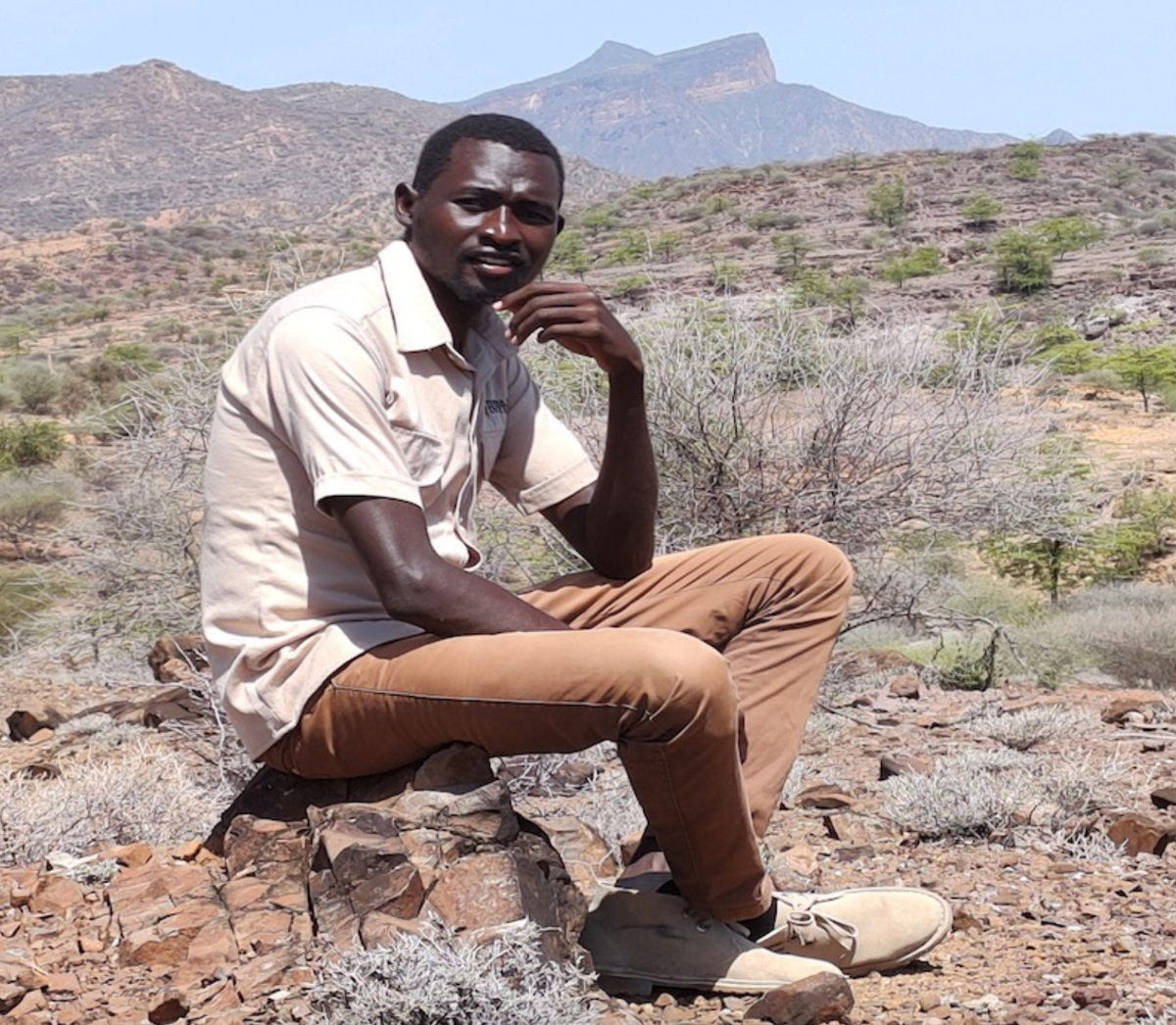
While the arid landscape of Turkana is a fossil hunter’s dream, drawing researchers from around the globe and yielding significant discoveries into our species’ evolution, studying these anthropological treasures has long been out of reach for most Turkanans. The program in which Eipa is enrolled is rare in its effort to harness international interest in the region to help increase diversity, especially of Black students in Africa who obtain training from leaders in the field.
The degree is the brainchild of paleoanthropologist Isaiah Nengo, the director of science for the Turkana Basin Institute (TBI). “It’s really difficult for Black people in Africa to get training in paleontology and paleoanthropology,” he says. Nengo, who is himself Black and Kenyan, hopes this program can help address longstanding disparities in research by supporting homegrown, African scholars.
Eipa, for example, hopes to become the first Turkanan to take up a scientific career studying human evolution. “As a teenager,” he recalls, “I thought the people who came here to dig for old bones did it for the purpose of selling them—why else would they spend hours in the hot sun?” Now he wants to help others understand why those remains are important to all of humanity.
It’s dangerous to generalize about Africa—a continent of 54 countries whose roughly 1.4 billion inhabitants speak more than 2,000 languages. But data from the United Nations show that disparities in education are worse here than anywhere else in the world.
In sub-Saharan countries, the U.N. estimates that just four in 100 children will reach graduate or postgraduate instruction. This number is low compared with 36-in-100 in Latin America or 14-in-100 in South and West Asia. And lower still when compared with regions with greater wealth and economic power, like the European Union, where in 2020 more than 40 percent of 25–34 year olds had completed tertiary education.
Inequality in who receives training is built into paleoscience from the very beginning, explains archaeologist Rebecca Ackermann, who co-heads the Human Evolution Research Institute at the University of Cape Town in South Africa. For example, field schools give scholars essential on-the-ground training. But throughout Africa, she notes, they are often run by non-African institutions and only take a handful of African students.
The lion’s share of pupils come from the U.S. and Europe. “Frankly, [many] Africans can’t afford the fees that are charged for these international field schools,” Ackermann says. And, while North American and European students attending the field schools can count what they learn toward their degree credits, most African students can’t, she adds.
Seeing a Black Kenyan hold a prominent research role “really motivated me,” says master’s student Aoron Eipa Emmanuel.
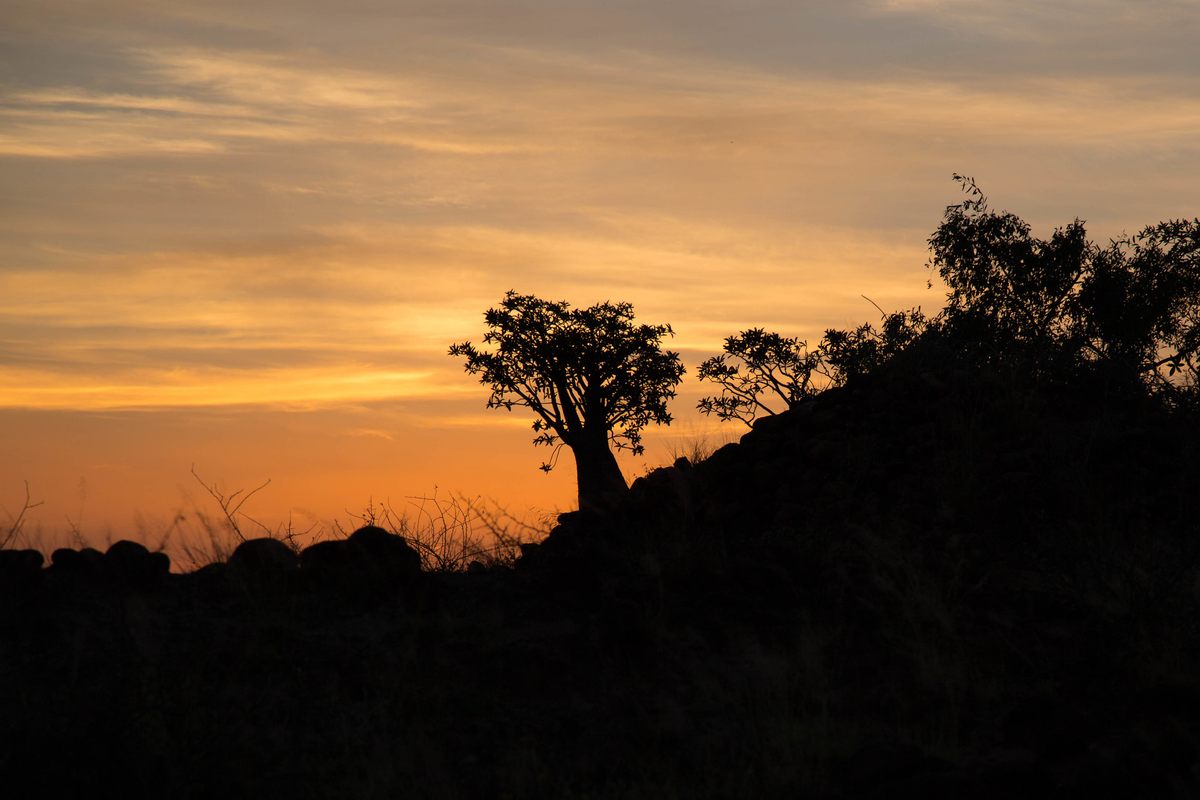
Often, Nengo explains, Africans have had to rely on the goodwill of international researchers “taking a liking to them” to train and gain a degree overseas. These degrees may well involve field experience in Africa. But that state of affairs always seemed absurd to Nengo, who studied for his doctorate at Harvard University. “Kenya is where the evidence is,” he says, “so you’d think we’d be leading the way in training people.”
The new program he helped conceive of is co-led by TBI and Turkana University College, which was established in 2017. The master’s course piggybacks on the global connections of these institutions to give students access to leaders in the field. For instance, TBI is a permanent paleontology and paleoanthropology research station funded by several international institutions, including Stony Brook University in the U.S.
Already, the program’s students have received support from grants outside of Kenya, including one from a French government agency. The new degree draws on courses taught to TBI’s field school students. In addition, Nengo hopes that, like the field school, the master’s program will eventually include pupils from around the world, whose tuition fees will help sustain the course and support scholarships for deserving but cash-strapped African students.
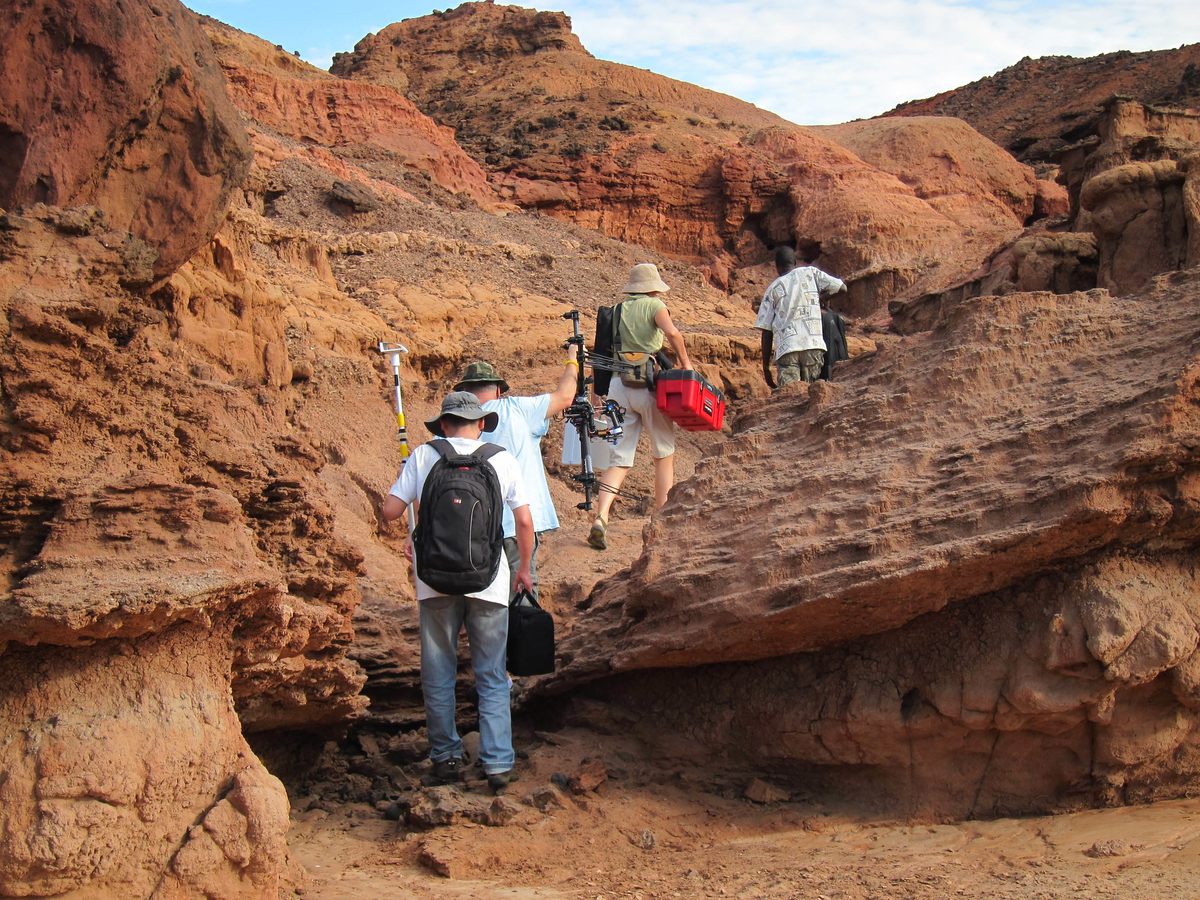
Finding money to pay school fees was a perennial struggle for Eipa. After he demonstrated strong academic performance as a child, he appealed to his extended family for support and applied for small scholarships to continue his education. He finished high school and then an undergraduate degree that qualified him as a science teacher.
His first teaching job was in a refugee camp. This work was fulfilling, Eipa says, and he remains in touch with some of his students. But when he heard that Turkana University College was being established in Lodwar, Turkana’s largest town, he took a job nearby, hoping to study biology while teaching full-time to support extended family with his salaried position. Many young Africans have similar responsibilities, which limits their capacity to pursue postgraduate degrees.
Though the university did not yet offer biology courses, Eipa learned about the new master’s degree in human evolution studies. When he met Nengo in person in 2018, it was a revelation to Eipa. “In my mind, I thought I was going to meet a White person,” he says.
He’d imagined Nengo to look a bit like Richard Leakey, a White Kenyan who founded TBI and is one of the pioneers of paleoanthropology in the country. Seeing a Black Kenyan hold a prominent research role and hearing him talk about his background “really motivated me,” Eipa says.
Nengo invited Eipa to join a field expedition happening later that month as a volunteer to see how he might enjoy it. Eipa wrangled three weeks’ leave from his job to attend. Though he’d never seen a fossil before, by the end of his experience he had found two fossilized animal teeth.
That same year, he joined TBI as a lab technician, and the following year, he started the master’s program. Eipa’s place on the course is sponsored, and he also earns money as a research assistant on the institute’s ever-growing fossil collection.
So far, the master’s course is unable to sustain the throughput of students that would rectify the imbalance in study opportunities for Africans. Eipa is one of two students in the course’s inaugural class. A further six students have since begun studies.
Nonetheless, the program is an important first step. That the degree is Kenyan—while drawing top researchers from around the globe as instructors—makes a big difference to Nengo personally. It gives African scholars access to a homegrown program that can be tailored to their needs, and to which they feel entitled.

In addition, involving more African scholars in paleoscience and archaeology could be crucial for both fields to produce accurate research. Freda Nkirote M’Mbogori, a Kenyan archaeologist who studies Bantu migration, has found that her understanding of Kenyan culture and histories as a member of a Bantu-speaking community helps her spot inconsistencies in the way that the archaeological record has been interpreted so far.
For instance, archaeologists often identify Bantu societies by the presence of crop farming and iron working. Yet M’Mbogori notes that oral traditions contradict these claims, emphasizing livestock herding. Furthermore, iron smelting has been found in some but not all Bantu sites to date. “This makes me feel that this story and others need to be revisited and retold if Africa’s past is to be presented factually,” she says.
Eipa, too, sees value in his position as both part of the scientific and Turkanan communities. For his degree, Eipa is studying primate specimens from the Oligocene, an epoch of evolutionary history stretching between 34 million and 23 million years ago.
He also acts as a liaison, communicating about evolutionary research to local Turkanans and other Kenyans. In a video news clip from April this year, he quashes a persistent rumor that “Turkana” boy—one of the region’s most famous fossils—was permanently removed from Kenya by international scientists. (In fact, it is currently in Nairobi.) In the video, which he says was shared widely in Kenya, he speaks a mixture of English and Kiswahili, a language widely spoken and understood in East Africa.
As a Turkanan working in Turkana, Eipa feels he can build bridges—and others who graduate from the program could be in a similar position. After all, he says, the fossils in that region are a “unifying factor” for all human beings, as they speak to our common ancestry. “If you talk about these fossils, you talk about Kenyans,” he says, “you talk about Europeans, you talk about anyone.”
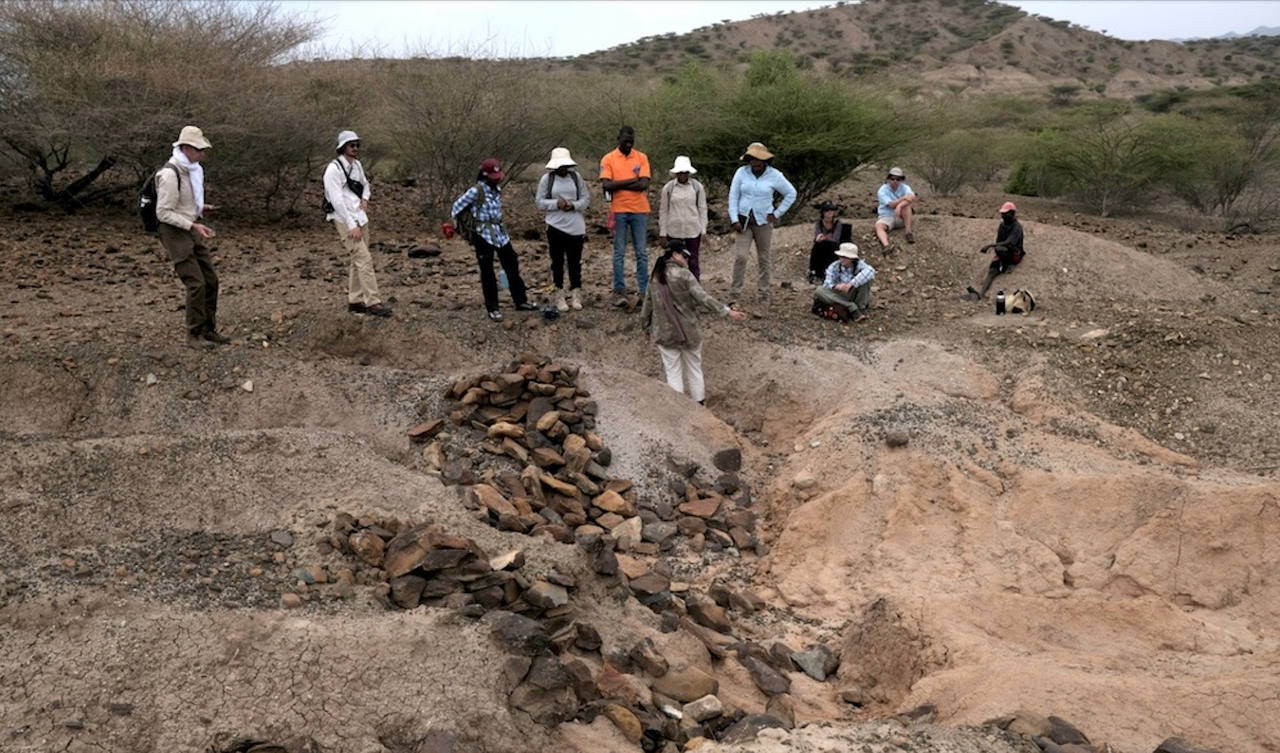




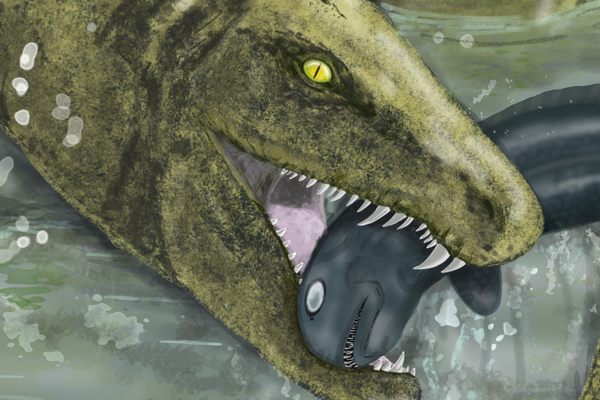
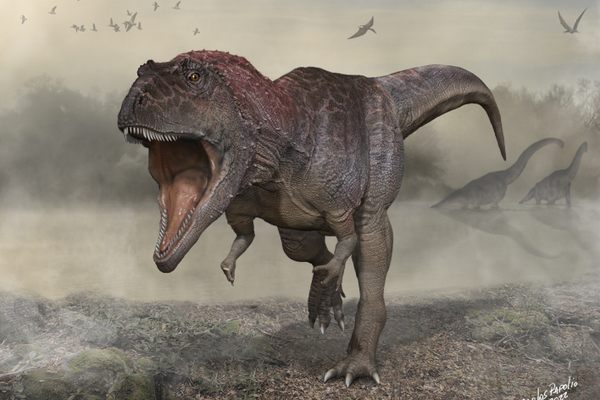












Follow us on Twitter to get the latest on the world's hidden wonders.
Like us on Facebook to get the latest on the world's hidden wonders.
Follow us on Twitter Like us on Facebook